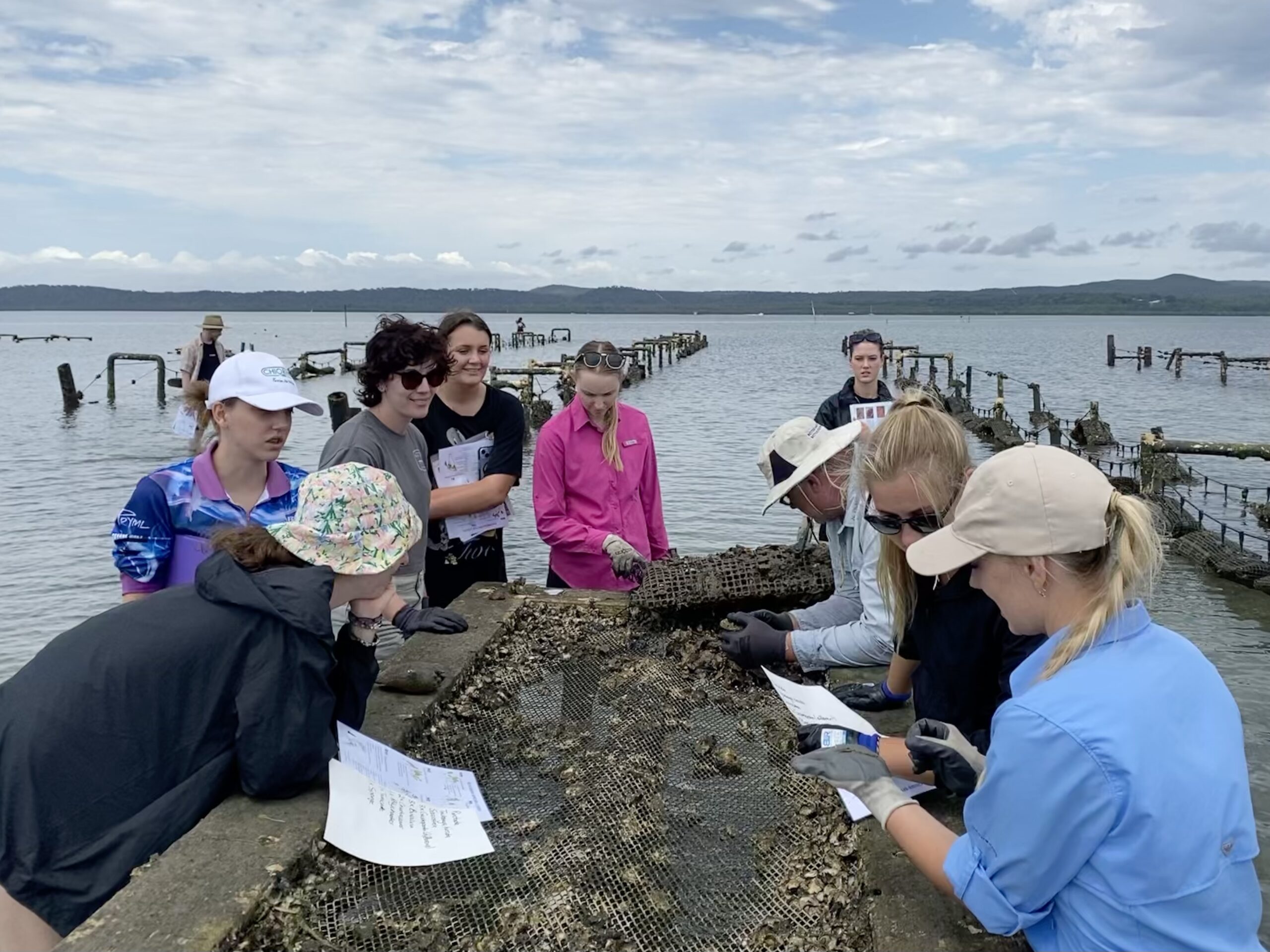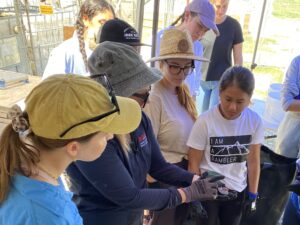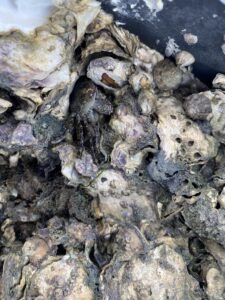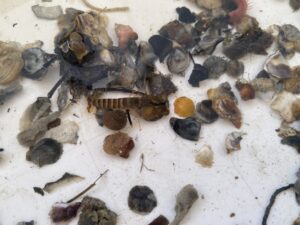
New scientific findings show that 3 million new oysters are living on oyster baskets built by volunteers along Brisbane’s coastline.
A team of Griffith University marine scientists analysed all types of animals living on the structures placed in the Port of Brisbane, and found that along with oysters and other shellfish, another 4.5 million animals, such as crabs, live on and among the oysters.

Lead researcher Marina Richardson, an expert in shellfish biology and ecology in Griffith’s , said that although oysters were historically plentiful in Moreton Bay, the populations were now “functionally extinct”.
“The benefits of restoring oyster populations in these shallow seas are enormous,” she said.
“Oyster reefs disappeared before living memory and were the kidneys of our waterways,” Richardson said.
“The primary cause was the destruction of reefs for lime-burning and unregulated and unsustainable harvesting following European arrival in the 1800s, so by the early 1900s, the oyster industry was in a state of collapse.
“Declining water quality and the removal of habitats that included old shells and hard substrates when whole reefs were removed and burned prevented reefs from naturally recovering, and therefore required intervention.”

The Griffith research team worked with fishing conservation charity to create the new oyster reefs at a 19-hectare site in 5-metre deep water at the Port of Brisbane near the mouth of the river.
OzFish’s Robbie Porter, a Senior Project Officer in shellfish restoration, spent years trialling the best way to attract natural recruitment of shellfish onto created structures, and came up with the idea of robust oyster baskets, or ROBs.
“We thought for years that the baskets seemed to be working, but we wanted a scientific assessment and invited the Griffith University team to verify just how many shellfish and other animals were there,” he said.
Together, the teams found that the 4,000 deployed ROBs recruited oysters well, were very stable, inexpensive, portable and easy to deploy, and formed sturdy clumps of oysters in about 12 months.
oversaw the census and said the team was astounded by the diversity and abundance of fauna.
“This is hands-on science that requires a good eye for identifying animals of all types and sizes. Given the team’s massive efforts, it was fantastic to see just how well the ROBs are working,” Dr Lanctôt said.
helped calculate the project-wide benefits. As Director of Griffith’s Coastal and Marine Research Centre, he has examined shellfish restoration sites around the world.

“This comprehensive census of life on the oyster baskets provides a solid basis for estimating current success,” Professor Connolly said.
“It also underpins how future restoration efforts can help our coastal waters recover and thrive again.”
Richardson said the initial results of this oyster reef restoration project would return vital ecosystem services such as water filtration and the establishment of habitats and foraging grounds for fish and invertebrates.
“Restoration is generally expensive, and it’s why a lot of restoration is unable to be scaled up,” Richardson said.
“Because ROBs don’t rely on hatchery-produced spat, their use can be widespread.”
With the initial results showing great success of the ROBs restoring oyster reefs, the team said the next stage of the project would be large-scale active restoration, which would require working further with Marine Park authorities and existing legislation to deploy to ROBs to other locations.








